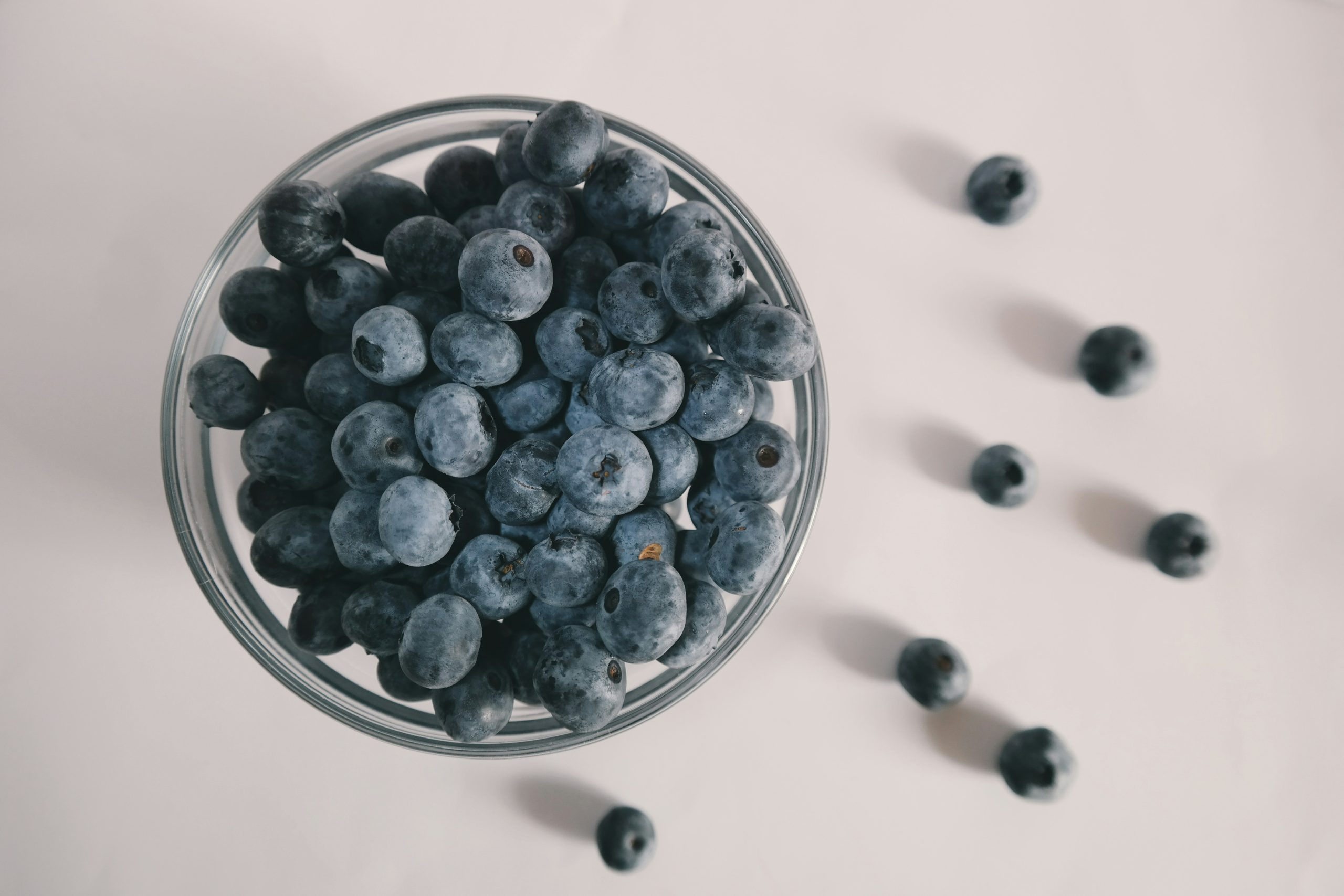Food Photography Evolution: From Daguerreotypes to Digital Storytelling
Food photography has evolved drastically over the years, from the use of daguerreotypes in the early 19th century to the use of digital storytelling in the 21st century. This evolution has been driven by technological advancements, changing consumer preferences, and the rise of social media. What started as a simple way to document dishes and recipes has now become an art form that can make or break a restaurant’s success. In this article, we will take a closer look at the evolution of food photography, from the first photographs of food to the current era of digital storytelling.
The Early Days: Daguerreotypes and Still Lifes
In the early 19th century, when photography was just starting to gain popularity, daguerreotypes were the primary means of capturing images. These images were created using a copper plate coated with silver that would be exposed to light and then developed with mercury vapor. The process was complex and time-consuming, making it difficult to capture moving subjects. As a result, food photography in this era consisted mainly of still lifes – arrangements of food items on a table that were captured through daguerreotypes.
The Emergence of Cookbooks and Food Magazines
As photography technology advanced, so did the use of food photography. The first cookbook to feature photographs was published in 1859, and food magazines soon followed suit. However, these images were still used primarily as a way to illustrate recipes rather than serving as stand-alone art pieces.
The 20th Century: Colorful Advertisements and Editorial Photos
With the introduction of color photography in the early 20th century, food ads and editorial photos began to take on a more vibrant and enticing look. Advertisements for food products relied on bright colors and expertly styled dishes to entice consumers, while editorial photos in magazines and cookbooks aimed to showcase the food in a more appetizing manner.
Rise of Food Styling and Advertising Photography
Food styling became an essential aspect of food photography in the mid-20th century, as photographers started to focus on capturing the perfect shot rather than simply documenting dishes. The use of props, artificial ingredients, and meticulous composition helped elevate food photography to a new level. Advertising photography in particular started to use these techniques to create perfect images that would sell products to consumers.
21st Century: Social Media and the Era of Digital Storytelling
The rise of social media platforms such as Instagram and Pinterest has had a significant impact on the way we consume food and the way it is captured. With the rise of food bloggers and influencers, food photography has become more accessible and widespread than ever before. In the era of digital storytelling, food photos are not just about the end product – they are about the process, the story, and the experience. It’s no longer just about showcasing a perfectly plated dish; it’s about capturing the emotions, memories, and stories associated with food.
The Power of Camera Phones and Filters
The advancement of camera phone technology has also played a major role in the evolution of food photography. With high-quality cameras now available on our phones, anyone can capture and share their own food photos. Additionally, the use of filters and editing software has allowed amateur photographers to create professional-looking images with just a few taps.
The Future of Food Photography
As technology continues to advance, the future of food photography is exciting and full of potential. With the rise of virtual and augmented reality, we can expect to see more interactive and immersive food experiences. Artificial intelligence is also being used to enhance food photos and create realistic-looking images that may not even be real food. The possibilities are endless, and it will be fascinating to see where food photography goes next.
The Importance of Google SEO in Food Photography
In the current digital landscape, having a strong online presence is vital for businesses, including restaurants and food brands. Google SEO plays a crucial role in making sure that your food photography is seen and appreciated by your target audience. By optimizing your website and images for search engines, you can increase your visibility and attract more potential customers to your brand.
In conclusion, food photography has come a long way from the use of daguerreotypes to the era of digital storytelling. As technology and consumer preferences continue to evolve, so will food photography. But one thing will remain constant – the ability of a well-captured food photo to make us crave, savor, and appreciate the beauty of food.











